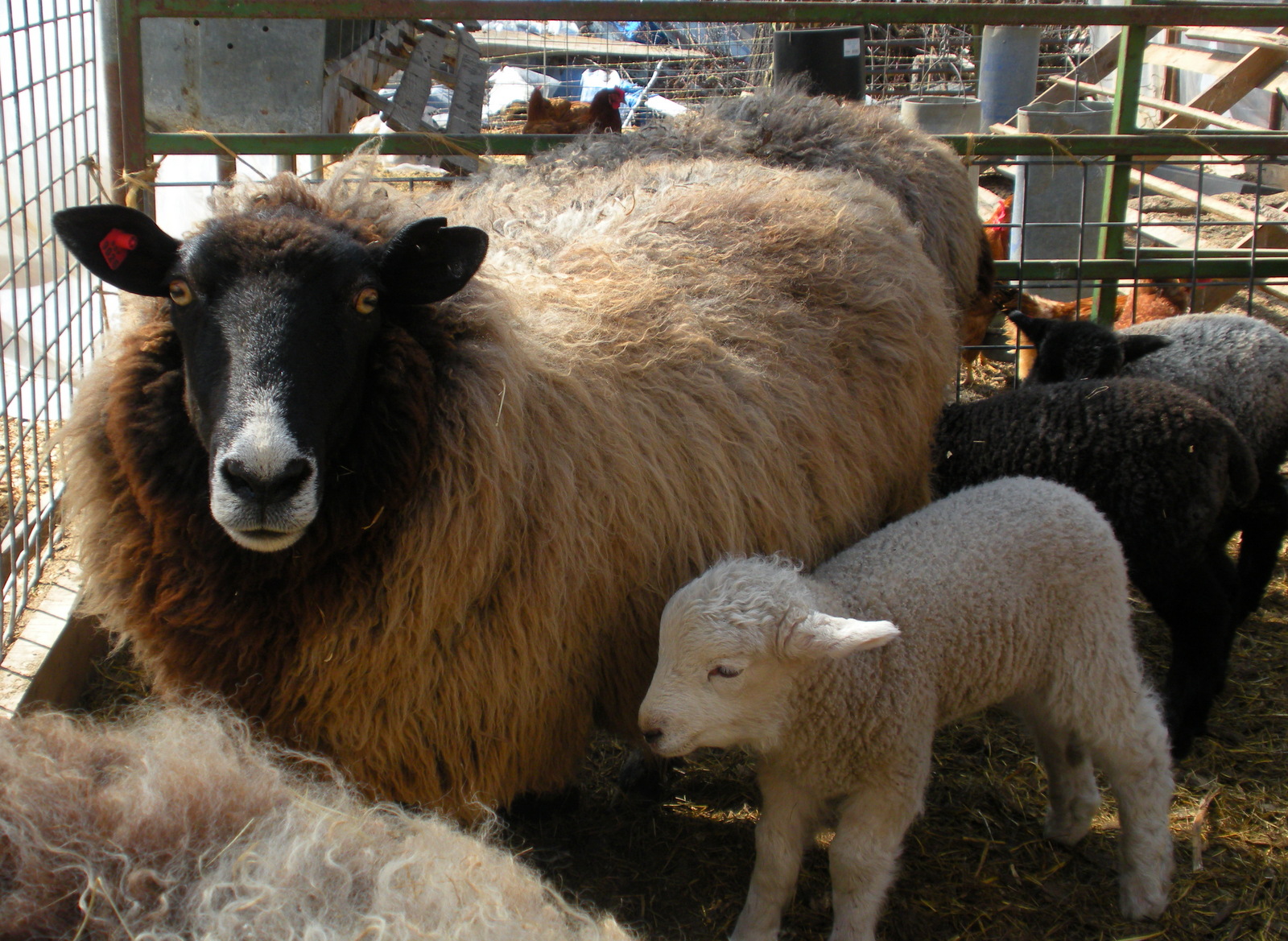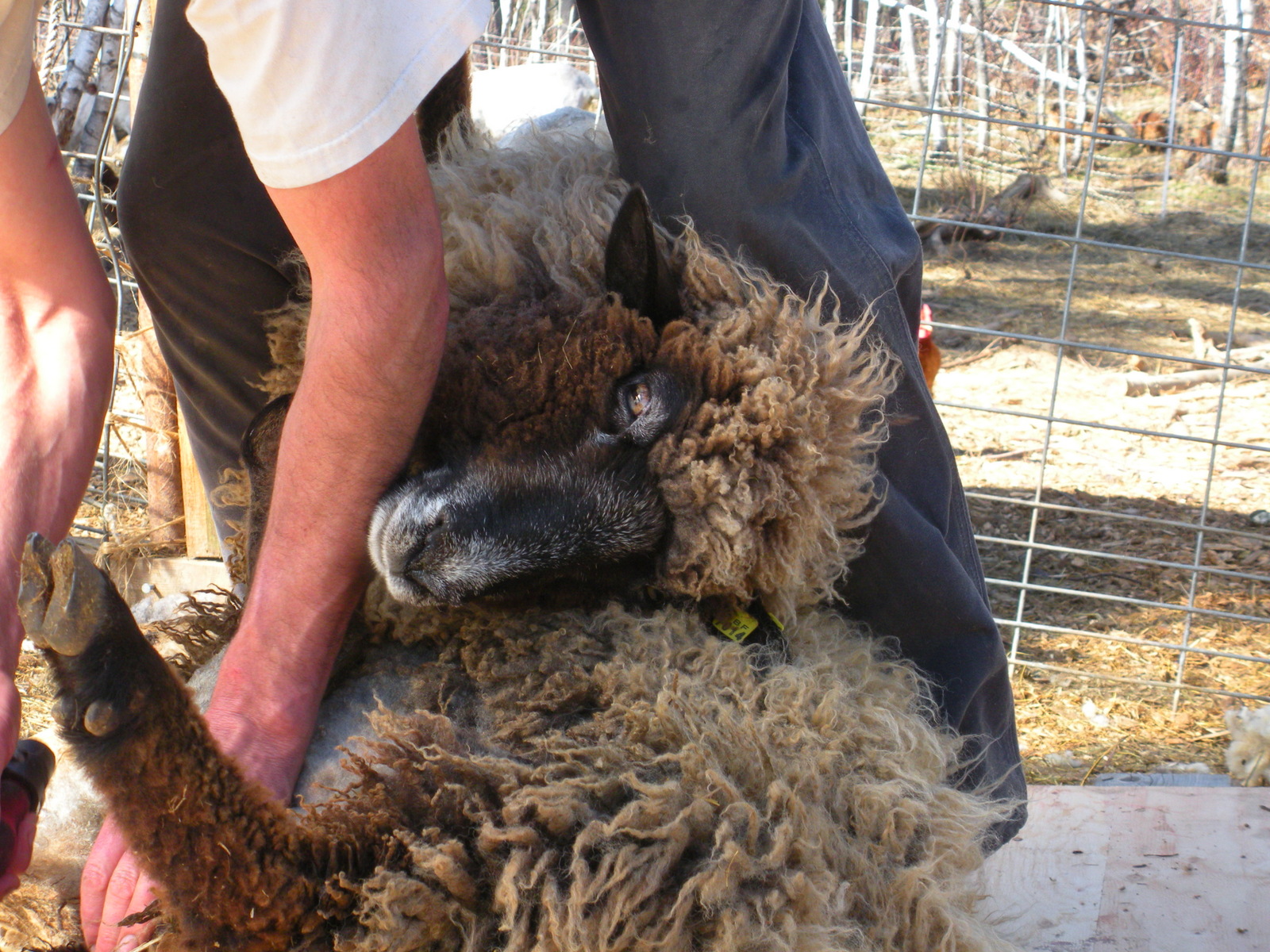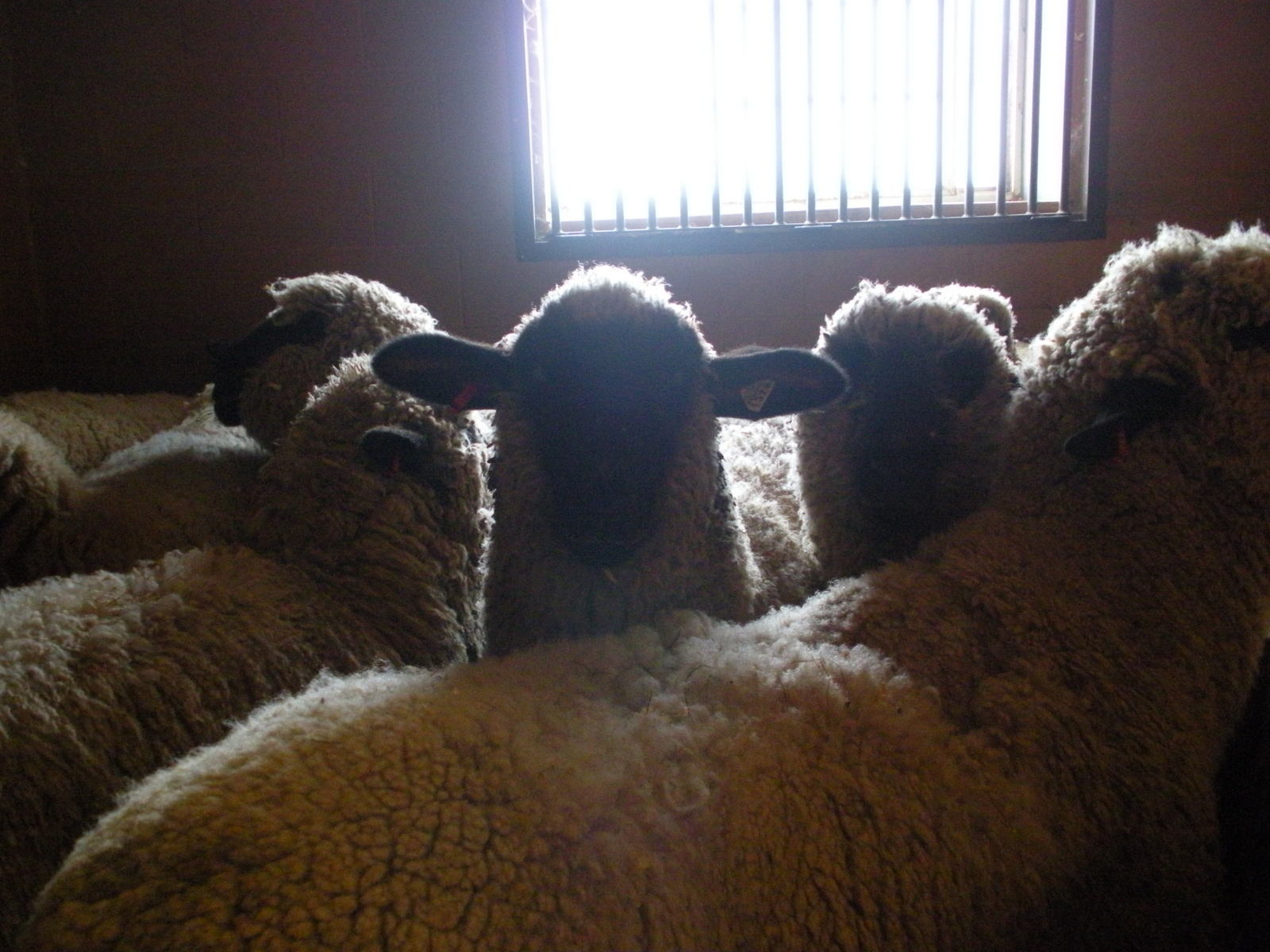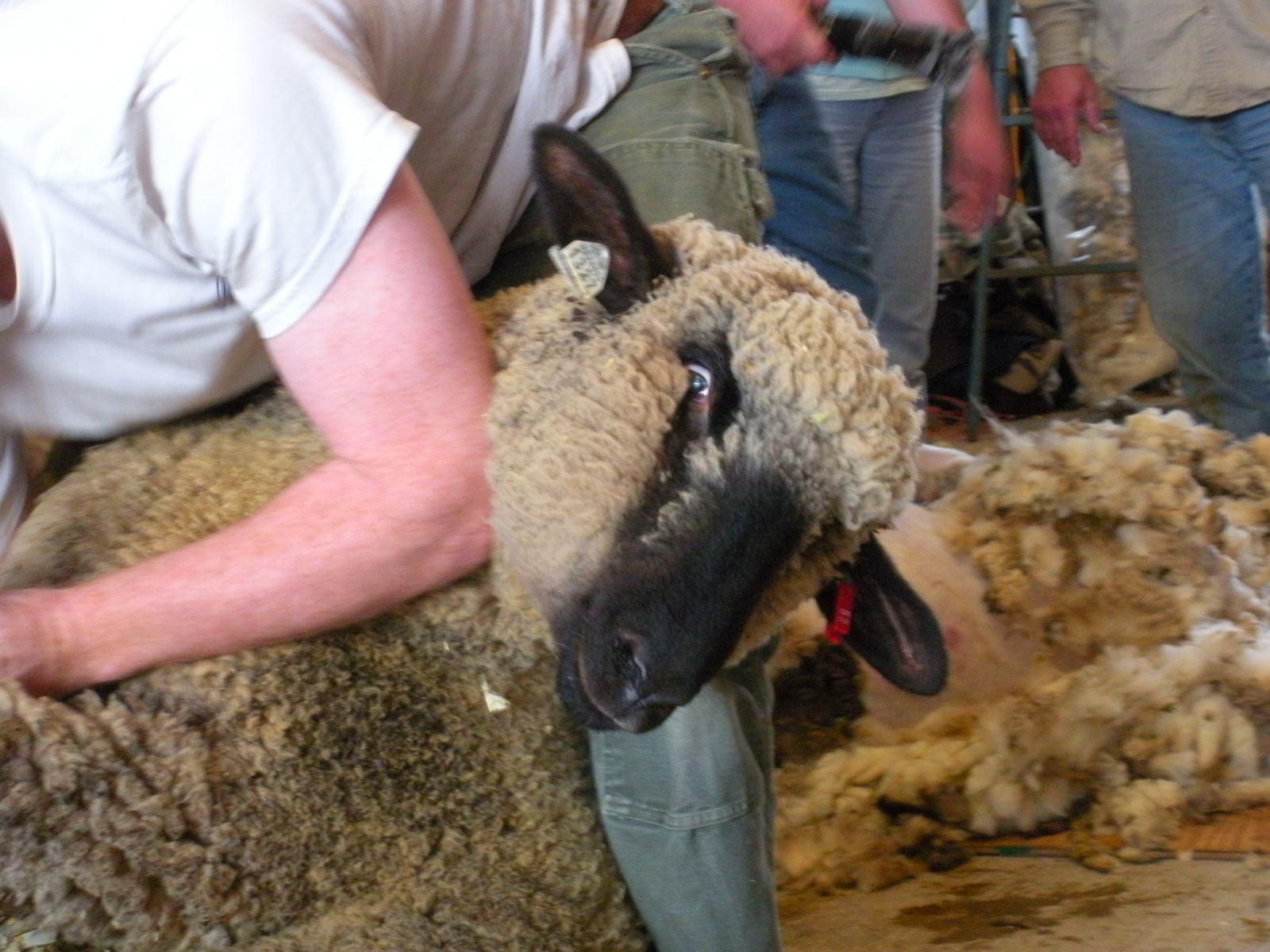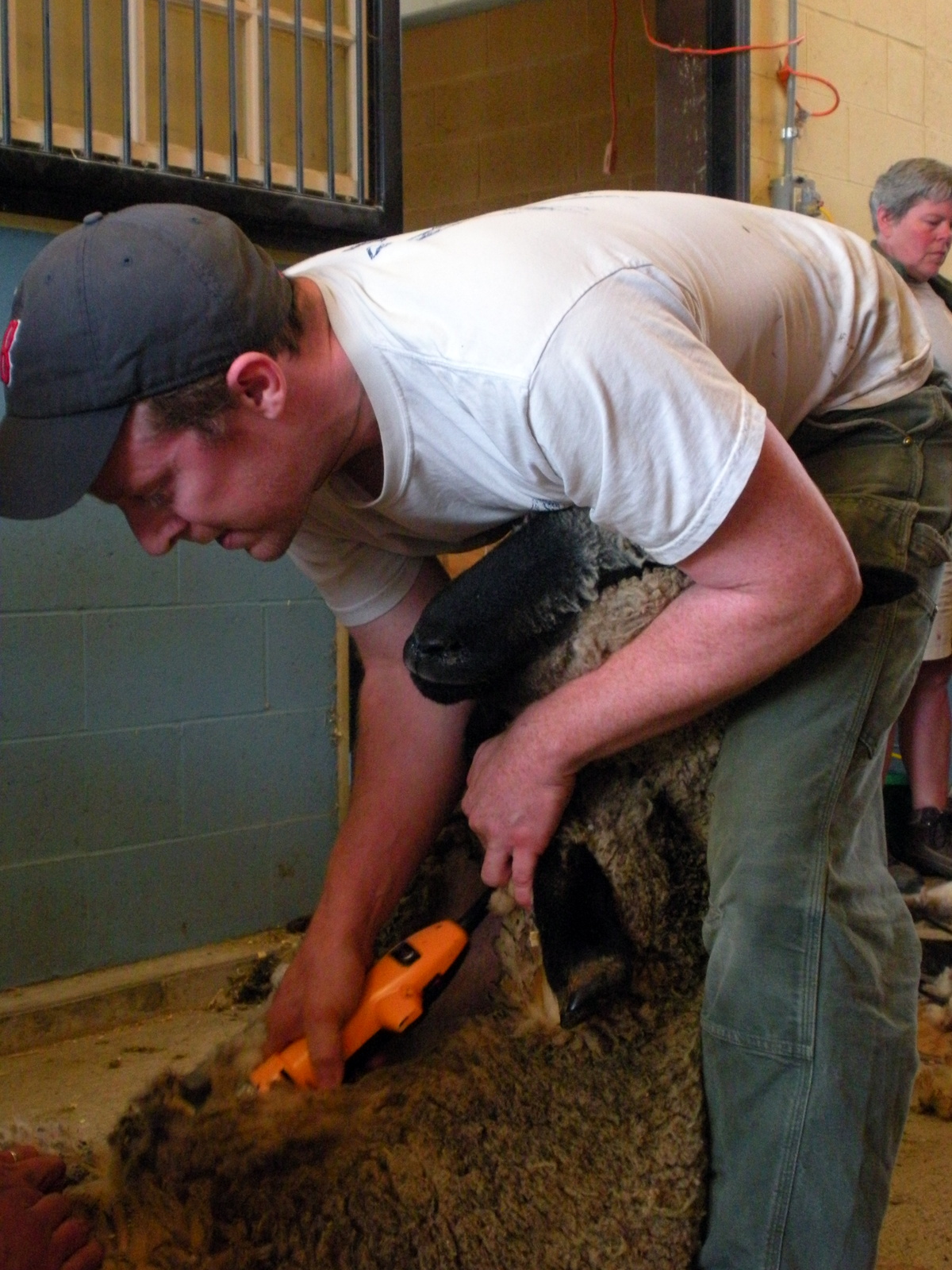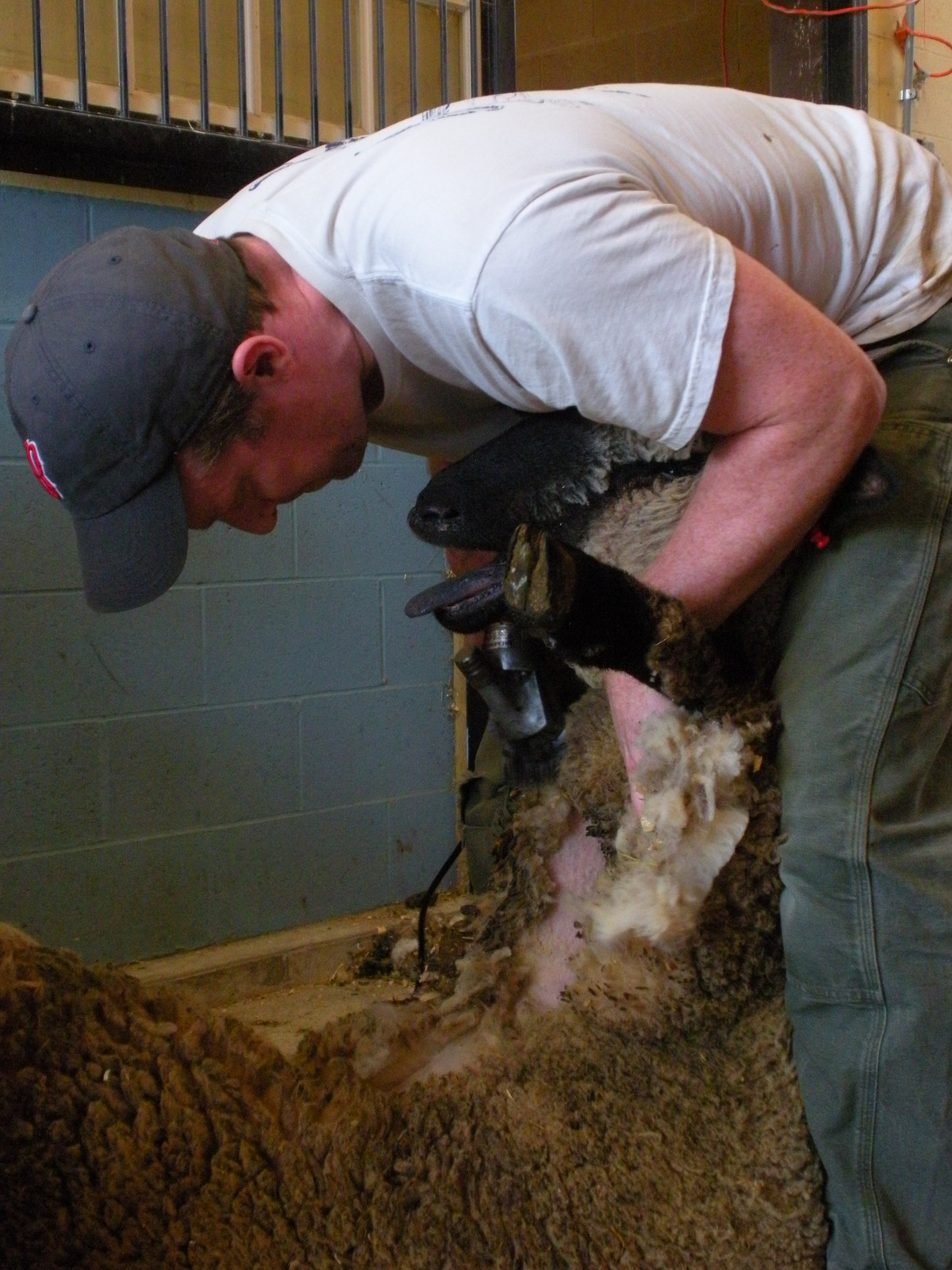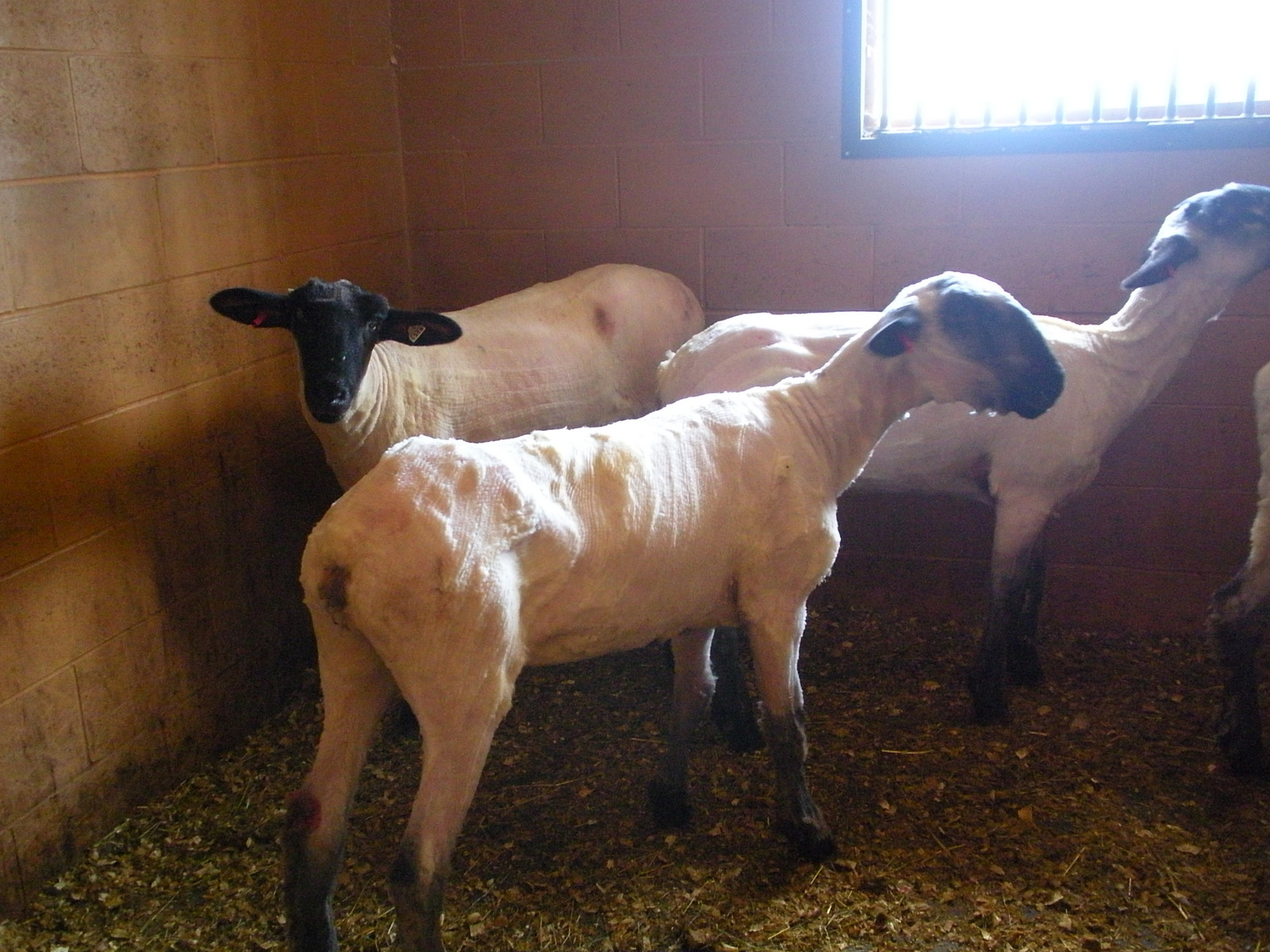I spend much of my winter in Central America (very warm, when my New England raised self should be cold) and much of my summer in Southeast Alaska (requiring long underwear and wool hats in July) and every six weeks I get to go home and experience the seasons in the order I expect them to be in, before six weeks later I head back to the opposite climate. The effect is a disorienting strobe light of seasons. I leave home when the leaves have fallen and the first snows are nigh, spend six weeks with near constant sun, ninety per cent humidity, and an oppressive heat, then return home to find feet of snow. Later I will leave home just as the leaves are spreading new green in the first breath of summer, only to work in a place where my knitwear will find heavy use, and return to find the leaves exhausted in the heat of high summer. I never realized how much I was conscious of the turning of the seasons until I stopped being subject to them. My major seasons are not longer “fall, winter, spring, summer” but “Columbia River, Central America, Baja, Alaska”. The Maine farm calendar acts as counter point to the rhythm of my new style of year, at least as it pertains to sheep and wool. Spring and early summer is the time for shearing, and therefore the time farm visits and wool buying.
Because of my boat schedule I often miss the actual shearing day, but as soon thereafter as I can manage I appear on the farm, shipping boxes in hand. ‘
This most recent rotation home I visited two farms. Next rotation home I will visit two, or possibly three, more (and maybe even more than that, depending on how ambitious I feel and how much money I have left in the fleece buying/yarn processing account after the second two visits).
First up, mere days after I arrived home, were the luminous Coopworth fleeces of Buckwheat Blossom farm. In a very real way I owe the existence of Upton Yarns to Amy and her fleeces. Years ago, when I was just settling back onto land (for the first time, or possibly the second depending on how one counts these things) and proudly joined the Buckwheat Blossom Farm Winter CSA (because that is the kind of thing people who live on land get to do) I came across a skein of Amy’s two ply Aran weight Coopworth yarn, in natural gray, sitting on the CSA pick-up table between jars of her home made kim chi and jars of whole milk yogurt from a nearby small dairy herd. The yarn had a texture and color unlike anything I had ever seen, luminous and silky, with a strength in the hand. It was so unlike anything that I had ever seen before that I couldn’t even immediately identify it as wool. Eventually I bought enough to knit myself an aran which has only improved with age and wear (original photos on Ravelry, where I go by “puffling”). Her yarn inspired me to throw myself into researching breed specific yarns, which led quite naturally to natural dyes, which led to a crankiness as the dearth of local yarn (much easier to find now - I think a lot of us in Mid-Coast Maine were feeling a similar frustration at the time, and reacted in similar ways) which led me to experiment a bit, and then buy a couple of fleeces from Amy and start Upton Yarns.
So it is with a sense of gratitude and pride that I return every year to buy her fleeces, which I then send off to Stonehedge Fiber Mill to be spun into gransey yarn, and occasionally a 3 Ply DK weight. Every year I find her flock a little larger, and her fleeces even more beautiful.
Each of these bundles contains an individual, magical, fleece. Amy usually includes the name of the sheep that grew the fleece somewhere in the bundle as well, but most of the time Amy doesn't have to look at the name tag to recognize the former wearer.
I went to the farm intending to photograph the whole fleece choosing process, but I was quickly overwhelmed by fiber enthusiasm and completely failed to be a proper photographer. I arrived to find that Amy had already set out a selection of fleeces she thought might interest me, which of course they did.
I managed one photo for Instagram purposes, which I also then sent to a friend of mine (Sarah of FiberTrek) to see if she wanted to share a fleece for handspinning, which we almost did before both of us remembered the size of our respective stashes. (I added the fleece to the darker brown gansey yarn pile).
Once the fleece had all been weighed and boxed up I went to meet her flock, who were clearly enjoying their summer hair cuts.
Amy still makes her own incredible aran weight yarn, which she sells at the winter farmers market in Brunswick.
photo credit - Sam Upton Willy of Two Sisters Farm (on the right) and myself with a stack of boxes soon to be filled with fleece (on the left).
Wise to my own failings as a photographer when fleece is involved, I brought Sam with me on my visit to Two Sisters Farm. Willy keeps a large (by small farm standards) mixed flock of BFL, Northern Cheviot, and Scottish Blackface on one of the most quintessentially beautiful Maine farms I have ever had the pleasure of exploring. I learned about her Scottish Blackface through the Maine Fiber grapevine, and initially approached her last year hoping to make use (somehow) of such interesting fleece. I still haven’t quite figured out the best use for her Scottish Blackface (I’m working on a second experiment this year) but while I was looking at the Scottish Blackface I fell in love with her BFL, which makes a really lovely 3-ply DK weight.
photo credit - Sam Upton
photo credit - Sam Upton
photo credit - Sam Upton - Not all the fleece makes it to the wool boxes - sometimes the sheep can't wait until shearing day to start getting rid of their winter coats.
Kate Davie’s Epistrophy, knit with the BFL DK weight yarn spun from 2015 fleece, in Aspen (lighter green) and Tongas (at the yoke). Buttons from Fringe Supply Company
I'm looking forward to my next most favorite time of the year, when all the fleece that I mailed out to Deb at the mill comes back to me as yarn. I'm already dreaming of the colors I will get to play with.
edited because I am "puffling" on Revelry, not "puffing" as autocorrect would have it.








